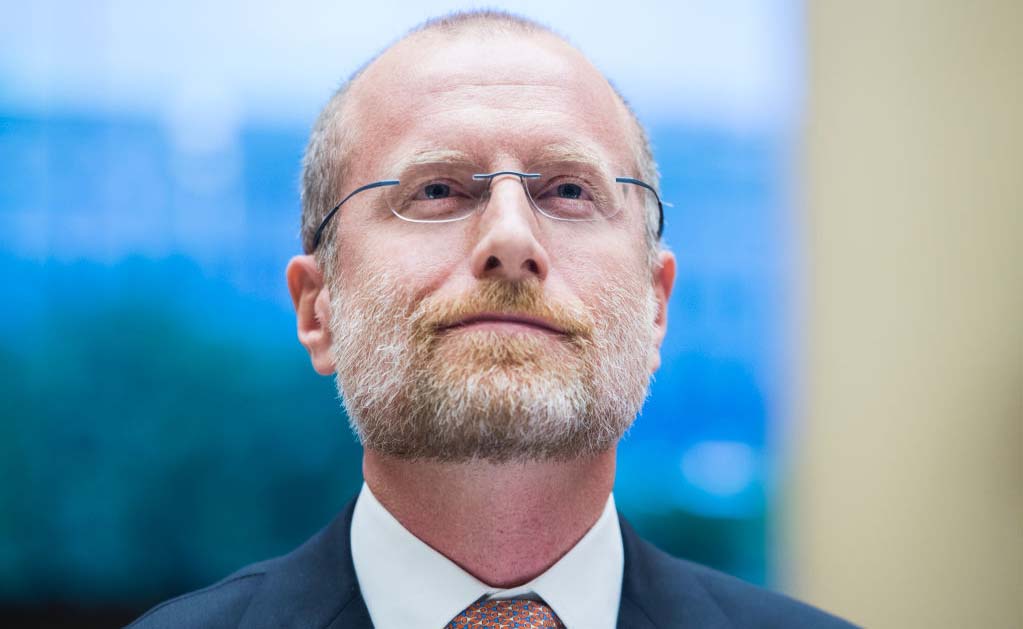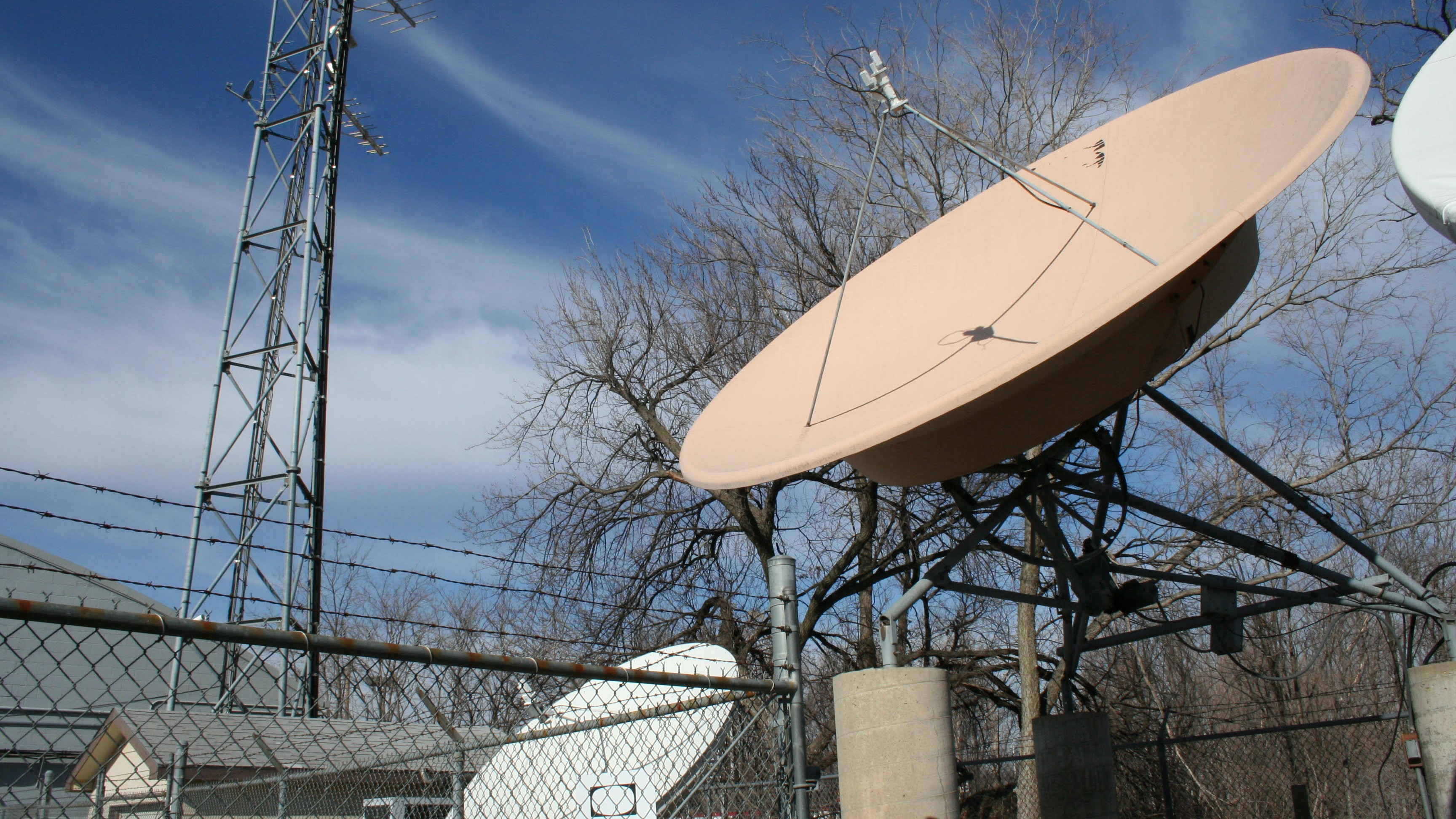FCC’s Carr Calls for New Spectrum Auction for First Responders
New chair’s plans for first commission meeting will also address TV loudness

WASHINGTON—FCC Chairman Brendan Carr has called for new spectrum auctions for wireless mobile as well as revisiting rules regulating TV loudness.
In a blog posted on Wednesday, the new chairman outlined his plans for the first FCC meeting scheduled for Feb. 27 and cited the aftereffects of Hurricane Helene to advocate for expanded wireless spectrum availability, particularly for first responders.
“Last Friday, I took my first official trip as FCC Chairman, visiting parts of North Carolina that were hit hard by Hurricane Helene,” Carr said. “I met with 911 operators who handled a sixfold surge in calls during the peak of the storm, first responders who led rescue and recovery efforts, telecom workers who quickly restored communications in difficult conditions, and local broadcasters who provided vital information to their communities. These visits only underscored the importance of robust, resilient, and affordable connectivity for Americans across the country. That is why we are taking action right out of the gate to get more spectrum into the hands of consumers—spectrum that can power new connections and innovations.”
To address these deficiencies, Carr said the commission will be “laser-focused on accelerating efforts that can get more spectrum into the marketplace. “
Carr characterizes the auction of AWS-3 spectrum licences—a band of RF used primarily for mobile broadband and public safety—as a “win-win.” He said he hopes to “kick-start” the process this month to complete it by June 23, 2026.
“It brings new spectrum into play for commercial use,” he said. “And the proceeds from this auction will also cover the costs of the national security initiative known as ‘rip and replace’—an effort that is removing untrustworthy technology, like Huawei and ZTE gear, from networks.”
In a move sure to get the attention of broadcasters, Carr also called for opening up additional portions of the C-band spectrum for 5G. Used mostly by TV and radio broadcasters for satellite downlinks, broadcasters have opposed efforts to expand usage of C-band over concerns of interference, particularly for ENG.
The professional video industry's #1 source for news, trends and product and tech information. Sign up below.
Carr hasn't been shy in advocating for more spectrum auctions. At last year’s Advanced Television Systems Committee (ATSC) annual meeting, Carr suggested that auctioning off additional broadcast spectrum would be on the block.
Carr also said the commission plans to vote on final rules to give emergency managers and consumers greater flexibility when it comes to Wireless Emergency Alerts, in particular, deciding when to issue alerts strategically in order to avoid so-called “alert fatigue” (aka “Boy Who Cried Wolf” syndrome).
Carr also said he will revisit the CALM Act, which was passed by Congress 15 years ago to require broadcasters to work with MVPDs to reduce the volume on TV commercials.
“Loud TV commercials are a frustrating headache,” Carr wrote. “You’re sitting there, chilling out, and then BOOM some commercial breaks in at a high volume. I don’t like them, and I’m pretty sure you don’t either. In fact, the FCC has recently seen an uptick in consumer complaints about excessively loud commercials.
“Back in 2010, Congress passed a law to address this issue, but given the rise in complaints I think now is the time for the FCC to revisit the issue,” he added. “Accordingly, we will consider a notice of proposed rulemaking to see if there are additional actions the Commission could take today to make sure TV viewers aren’t inundated by exceedingly loud commercials.”
Tom has covered the broadcast technology market for the past 25 years, including three years handling member communications for the National Association of Broadcasters followed by a year as editor of Video Technology News and DTV Business executive newsletters for Phillips Publishing. In 1999 he launched digitalbroadcasting.com for internet B2B portal Verticalnet. He is also a charter member of the CTA's Academy of Digital TV Pioneers. Since 2001, he has been editor-in-chief of TV Tech (www.tvtech.com), the leading source of news and information on broadcast and related media technology and is a frequent contributor and moderator to the brand’s Tech Leadership events.

